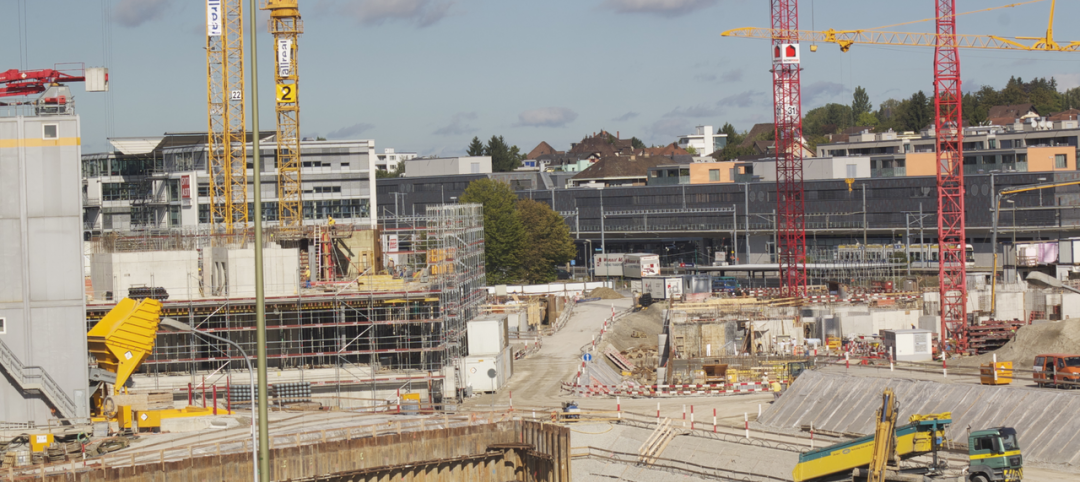Clients and architects disagree on how well building to code provides resilience, according to a recent report by the American Institute of Architects (AIA) in partnership with Owens Corning.
Resiliency in the Built Environment assesses the current state and best practices for increasing resiliency and sustainability in design and construction. Clients believe building to code is sufficient to ensure resilience, but architects disagree with that notion, the report says. It’s not surprising then, that few projects and properties are reported as being built beyond code.
The report also provides insights into how to best improve resiliency and sustainability from design through construction with input from three key audiences: architects, general contractors, and clients, including owners and developers. One key finding: “Stronger building codes and standards will drive resiliency, but so will making the business case to clients.”
The report’s areas of focus include:
- The role of building codes, clients’ expectations, and specification requirements that drive resiliency in design.
- How is resiliency reinforced through practices like material replacement strategy and resilient design strategies?
- Where are the biggest gaps in expertise about resiliency in construction, and how can they be filled?
- How do long-term and short-term incentives determine the level of resiliency for a given project?
- How is resiliency considered when selecting building products and materials?
- Which hazards and risks are most commonly taken into account in design?
The report is available for free at the AIA website.
Related Stories
| Jan 8, 2015
Gundersen Health System says it is nation’s first net-zero healthcare network
Gundersen Health System, a network of hospitals, medical clinics, and nursing homes in Wisconsin, announced that it is producing more energy than it consumes, making it the first net-zero energy health system in the U.S.
| Jan 8, 2015
Construction industry could be hurt by non-renewal of terrorism insurance bill
Insurance industry experts say without federal terrorism reinsurance in place for 2015, resulting canceled property/casualty insurance coverage and market chaos could be disruptive to the economy.
| Jan 2, 2015
Ohio’s Licking County to hire construction stormwater runoff specialist
Formed to focus on agriculture, the Licking County (Ohio) Water and Soil Conservation District has branched out to oversee construction sites.
| Jan 2, 2015
Standards groups join forces to spur more sustainable parking facility design
The International Parking Institute, Green Parking Council, and Green Building Certification Institute have joined forces to promote the design of more sustainable parking facilities.
| Dec 23, 2014
EPA okays coal ash recycling in construction materials
The Environmental Protection Agency ruled that the use of coal ash produced in power plants can continue to be incorporated into construction materials.
| Dec 23, 2014
Dunkin’ Donuts launches green building certification for its restaurants
Dunkin Donuts has launched a green building certification program to help franchisees build sustainable, energy-efficient restaurants.
| Dec 23, 2014
EPA releases WaterSense draft specification for flushometer-valve toilets
The U.S. Environmental Protection Agency's WaterSense program has released a draft specification for water-efficient flushometer-valve toilets.
| Dec 23, 2014
American Iron and Steel Institute publishes design guide for new profiled steel diaphragm panels standard
The American Iron and Steel Institute (AISI) published AISI D310-14, “Design Examples for the Design of Profiled Steel Diaphragm Panels Based on AISI S310-13.”
| Dec 18, 2014
New federal regulations impact construction firms doing business with Uncle Sam
Federal contractors may be subject to several new rules in 2015 that impact how they are selected for contracts and how they do business with the federal government.
| Dec 18, 2014
ASHRAE/IES energy standard could become more applicable for global use
A proposed addendum to ANSI/ASHRAE/IES Standard 90.1-2013, Energy Standard for Buildings Except Low-Rise Residential Buildings would make the standard more applicable for use around the world.










